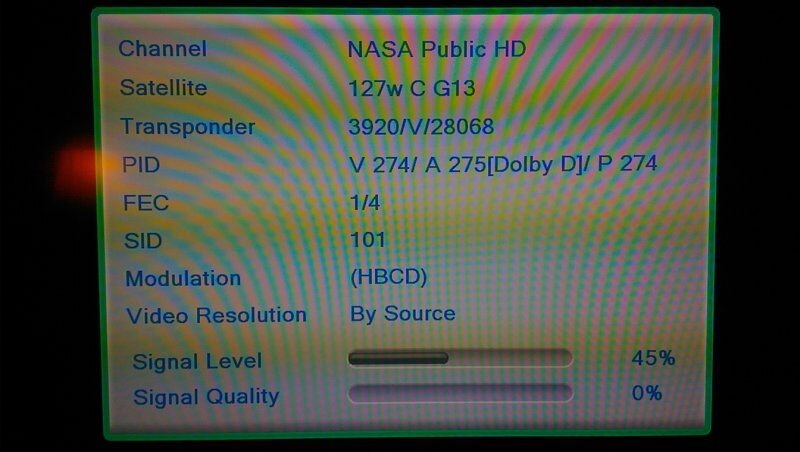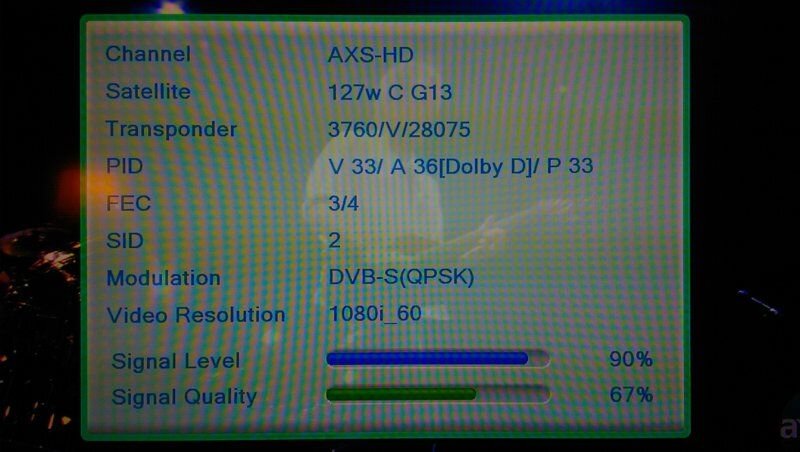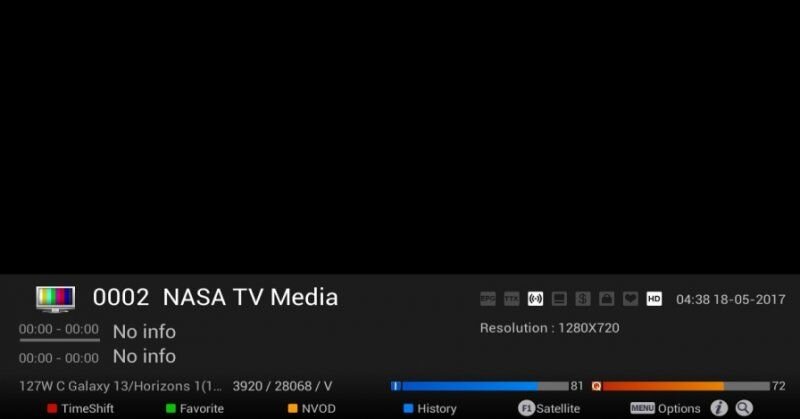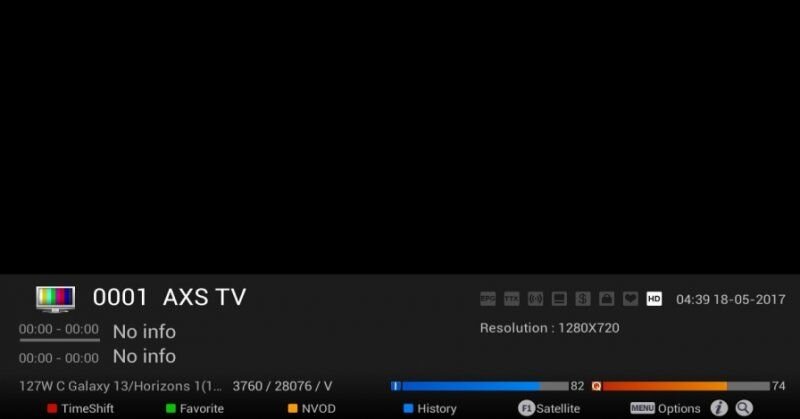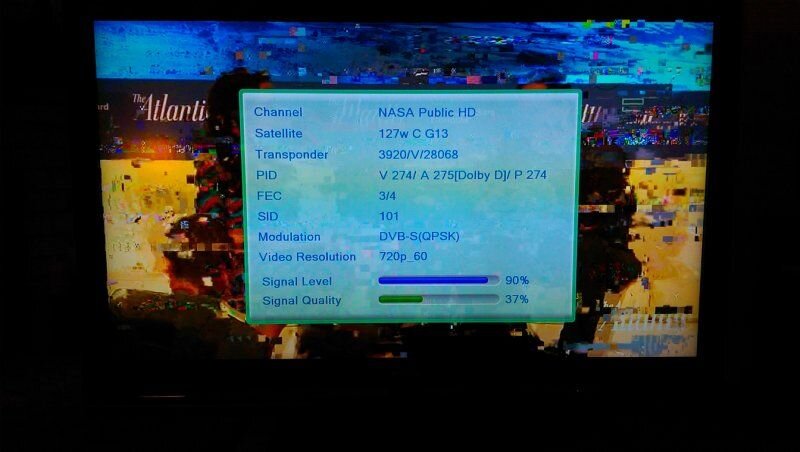Many things come into play. One party is responsible for station keeping. This entails keeping the satellite in "the box" (the correct placement in the orbital position), load balancing, power management, signal carriage compliance, providing an optimized throughput, etc, The satellite bandwidth is booked via a "link budget", which are the details of the carriage agreement between the satellite owner/broker and the client. This link budget specifies the bandwidth, power level, service priority, etc. It basically states the requirements and responsibilities of both parties to maintain a specific level of service.
The station keeper typically only notifies the client (uplink) if the parameters exceed the carriage agreement. Usually the uplinker will not be notified if they are using less bandwidth or reduced power, etc. It is typically the uplink service provider that monitors the up/down signals to optimize to the link budget agreement. This may be automatic and the downlink is monitored and the uplink adjusted to maintain the specified parameters for power and bandwidth. Other uplinks are manual and the power is turned up down and the bandwidth fixed or shuffled between services on the transport stream.
The signal strength variations in the uplink/downlink are affected by conditions of the atmosphere (humidity, density, particulate), ionosphere (solar interaction) and even geomagnetic disturbances. The satellite position in the box moves the reception antennas in/out of the uplink signal lobe and if the satellite automatic gain is not activated or the uplink antenna is not optimized or power tracked the signal will increase/decrease as the satellite follows a figure 8 pattern.
If the downlink is not using an appropriate gain or efficiency dish, feedhorn, receiver as spec'd in the link budget, these variations may be much more noticeable. It may be that the signal is actually meeting the parameters of the link budget and everyone is doing their job, but the link budget has been contracted at a level that does not provide reliable service to non-complaint downlinks.
Probably best to simply state what satellite, service and when the programming is not reliable and provide your location, dish size, etc. This is rocket science and they may still have a few scientist remaining on staff... LOL!



